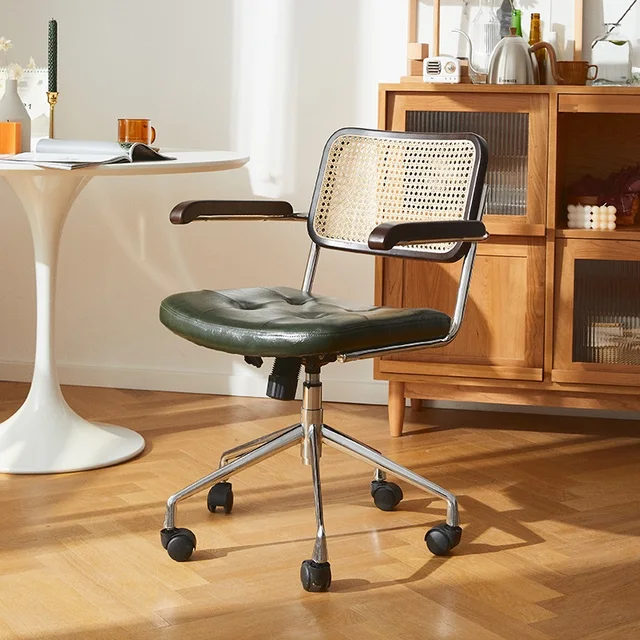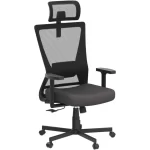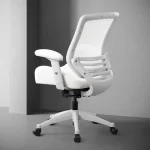An office chair that sinks can be more than just a minor annoyance; it can affect your comfort and productivity. If you’re dealing with a chair that slowly descends or fails to stay at the desired height, don’t rush to replace it just yet. In many cases, this problem can be fixed with some basic tools and a bit of patience. This guide will walk you through the process of fixing an office chair that sinks, covering everything from diagnosis to repair techniques.
Understanding the Problem
Identifying the Sinking Issue
Before you can fix a sinking office chair, it’s essential to understand why it’s happening. The most common reason for a chair sinking is a faulty gas lift cylinder. This component controls the height adjustment of your chair and uses pressurized gas to keep the chair at the set height. Over time, the gas lift cylinder can wear out, leading to a gradual loss of height stability.
Another possible cause could be a problem with the chair’s base or the mechanism that locks the height adjustment. If the problem lies elsewhere, such as a loose or broken component, identifying the issue will guide you towards the appropriate fix.
Tools and Materials Needed
To fix a sinking office chair, you’ll need some basic tools. A set of screwdrivers (both Phillips and flathead), pliers, and possibly a replacement gas lift cylinder are essential. If the problem is with the locking mechanism, you might need some small tools to adjust or replace the mechanism. Always have these tools at hand before starting your repair to ensure a smooth process.
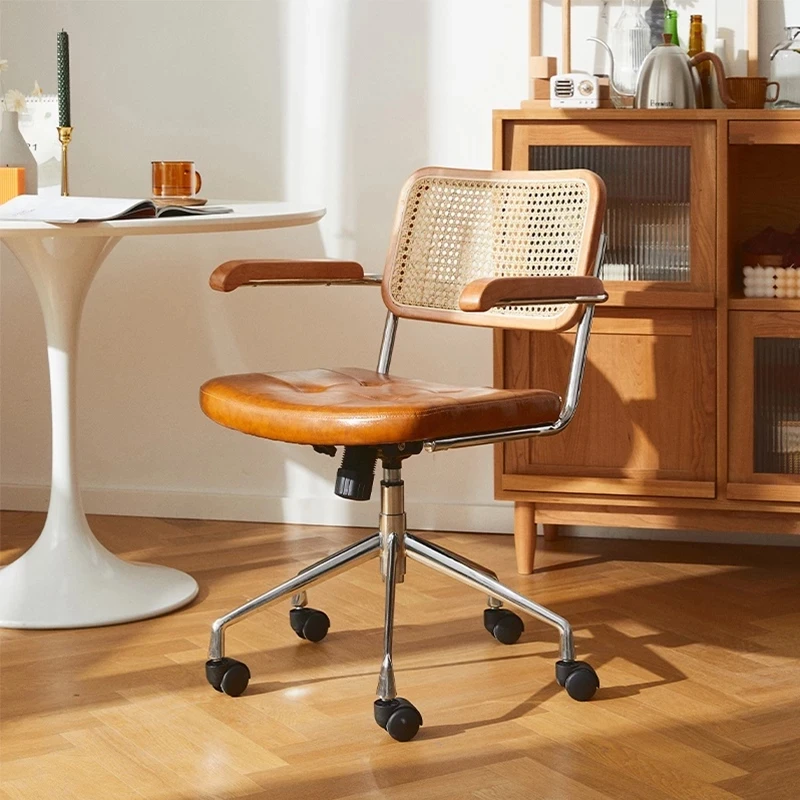
Step 1: Diagnose the Problem
Checking the Gas Lift Cylinder
To diagnose whether the gas lift cylinder is the issue, start by observing the chair while adjusting the height. If the chair continues to sink even after you’ve set it to a specific height, the cylinder is likely the culprit. You can also test the cylinder by sitting in the chair and adjusting the height to see if it holds.
Another test involves inspecting the gas lift cylinder for visible signs of damage or wear. Look for any cracks or leaks. If the gas lift appears compromised, replacing it will be necessary.
Inspecting Other Components
If the gas lift cylinder seems to be in good condition, inspect other components of the chair. Check the seat mechanism for any loose parts or signs of malfunction. Ensure that the locking mechanism is working properly and that all screws and bolts are tightly secured. Sometimes, a loose component might cause the chair to sink unexpectedly.
Step 2: Repairing the Gas Lift Cylinder
Removing the Old Gas Lift Cylinder
If you’ve determined that the gas lift cylinder is the issue, you’ll need to replace it. Start by removing the seat from the base of the chair. This typically involves unscrewing several bolts or screws. Once the seat is detached, you can access the gas lift cylinder.
Carefully remove the old gas lift cylinder by pulling it out of the base. You might need to use some force, but be cautious not to damage other parts of the chair. If the cylinder is stuck, gently tap it with a mallet or use a lubricant to ease its removal.
Installing the New Gas Lift Cylinder
With the old cylinder removed, it’s time to install the new one. Insert the new gas lift cylinder into the base of the chair, ensuring it is properly aligned. Secure the cylinder in place by pressing it down firmly until it is fully seated.
Reattach the seat to the base of the chair and tighten all screws or bolts. Test the chair to ensure that it holds its height and that the new gas lift cylinder is functioning correctly. If necessary, make adjustments to ensure optimal performance.
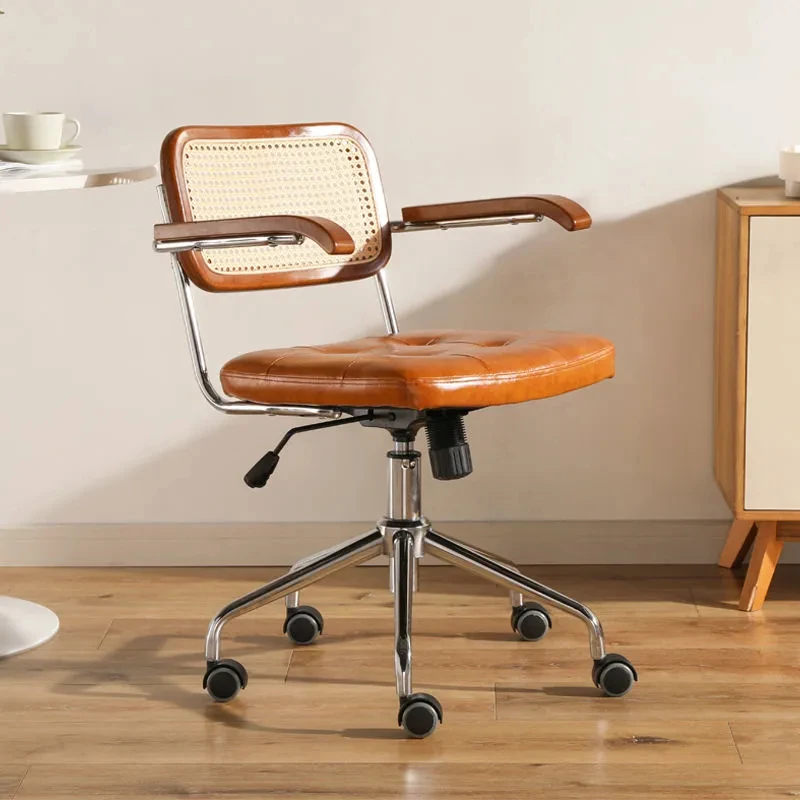
Step 3: Fixing Other Mechanisms
Repairing or Replacing the Locking Mechanism
If the issue is with the locking mechanism rather than the gas lift cylinder, you’ll need to address this separately. Start by inspecting the locking mechanism to identify any visible issues. If parts are loose or broken, they will need to be repaired or replaced.
In some cases, you might be able to adjust the mechanism to improve its performance. Tighten any loose screws or bolts and ensure that all parts are aligned correctly. If the mechanism is beyond repair, you may need to purchase a replacement part from the manufacturer or a third-party supplier.
Ensuring Proper Functionality
After repairing or replacing the locking mechanism, test the chair to ensure it operates smoothly. Adjust the height and check that the chair remains stable at the desired position. If the chair still sinks or exhibits other issues, recheck all components to ensure that everything is correctly assembled and functioning.
Step 4: Preventative Measures
Regular Maintenance Tips
To prevent future issues with your office chair, regular maintenance is key. Keep the chair clean and free from dust and debris, which can affect its performance. Periodically check for loose screws or bolts and tighten them as needed.
Lubricate moving parts occasionally to ensure smooth operation. This includes the height adjustment mechanism, tilt function, and any other moving components. Regular maintenance can extend the life of your chair and prevent common problems like sinking.
Knowing When to Replace the Chair
Despite your best efforts, there may come a time when replacing the chair is the best option. If the chair has extensive wear and tear or if repairing it proves to be cost-prohibitive, investing in a new chair might be more practical. Look for a chair with a reliable warranty and good reviews to ensure long-term satisfaction.
Step 5: Adjusting the Chair for Optimal Comfort
Fine-Tuning the Height Adjustment
Once you’ve repaired or replaced the necessary components, it’s important to adjust the chair to suit your personal comfort preferences. Start by setting the chair to the height where your feet are flat on the floor and your knees are at a 90-degree angle. This setup ensures that your posture remains ergonomically correct and reduces strain on your legs and back.
Make small adjustments as needed to find the perfect height. If your chair has additional adjustment features, such as tilt or lumbar support, fine-tune these settings to enhance your overall comfort. Regularly reassess these settings to maintain a comfortable and supportive seating position throughout your workday.
Testing Ergonomic Features
Check the ergonomic features of your chair to ensure they are functioning correctly after repairs. Test the tilt mechanism to confirm it provides the desired range of motion and adjustability. Verify that any lumbar support or armrests are properly aligned and adjustable to support your body in a natural position. This can help prevent strain and promote a healthier seating posture.
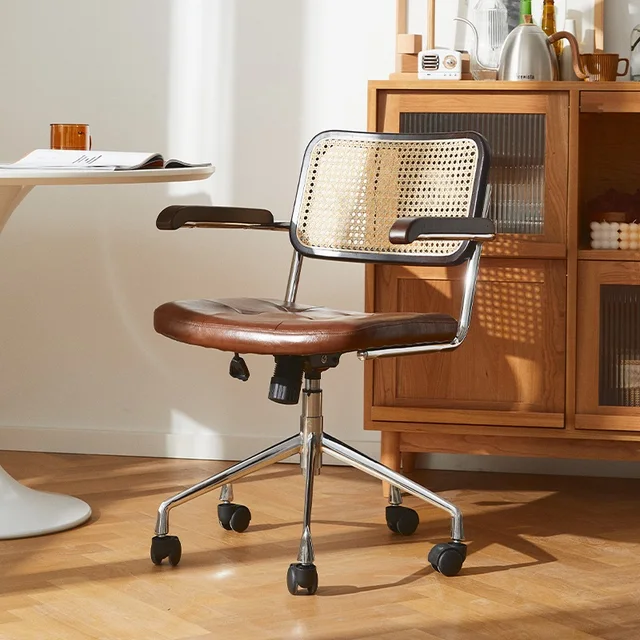
Troubleshooting Common Issues
Addressing Persistent Sinking Problems
If your chair continues to sink even after replacing the gas lift cylinder, there could be underlying issues that need addressing. Double-check that the new cylinder is properly installed and fully seated. If you’re still experiencing problems, inspect other components such as the chair’s base and seat mechanism for any signs of damage or wear.
Consider seeking professional assistance if you’re unable to resolve the issue on your own. Sometimes, a technician can identify and fix problems that are not immediately apparent.
Handling Unusual Noises
If you notice any unusual noises coming from the chair after repairs, such as squeaking or creaking, it might indicate loose parts or insufficient lubrication. Reinspect all screws, bolts, and moving components to ensure they are secure. Apply lubricant to any areas that require it, and test the chair again to see if the noise persists.
Upgrading Your Chair
Exploring Modern Alternatives
If your office chair is outdated or has been repaired multiple times, it may be worth considering an upgrade. Modern office chairs come with advanced features such as improved ergonomic design, better materials, and enhanced adjustability. Investing in a new chair can provide greater comfort and durability, potentially reducing the need for future repairs.
Evaluating Chair Features
When selecting a new chair, evaluate features such as adjustable height, lumbar support, and armrests to match your specific needs. Look for chairs with good reviews and warranties to ensure you’re making a reliable investment. Testing the chair before purchasing can help you make an informed decision and find a model that suits your preferences and work style.
Conclusion
Fixing an office chair that sinks is a manageable task if you approach it methodically. By diagnosing the issue, repairing or replacing faulty components, and performing regular maintenance, you can restore your chair to its optimal functionality. With this guide, you should be able to address most common problems related to a sinking office chair and enhance your comfort and productivity at work.
